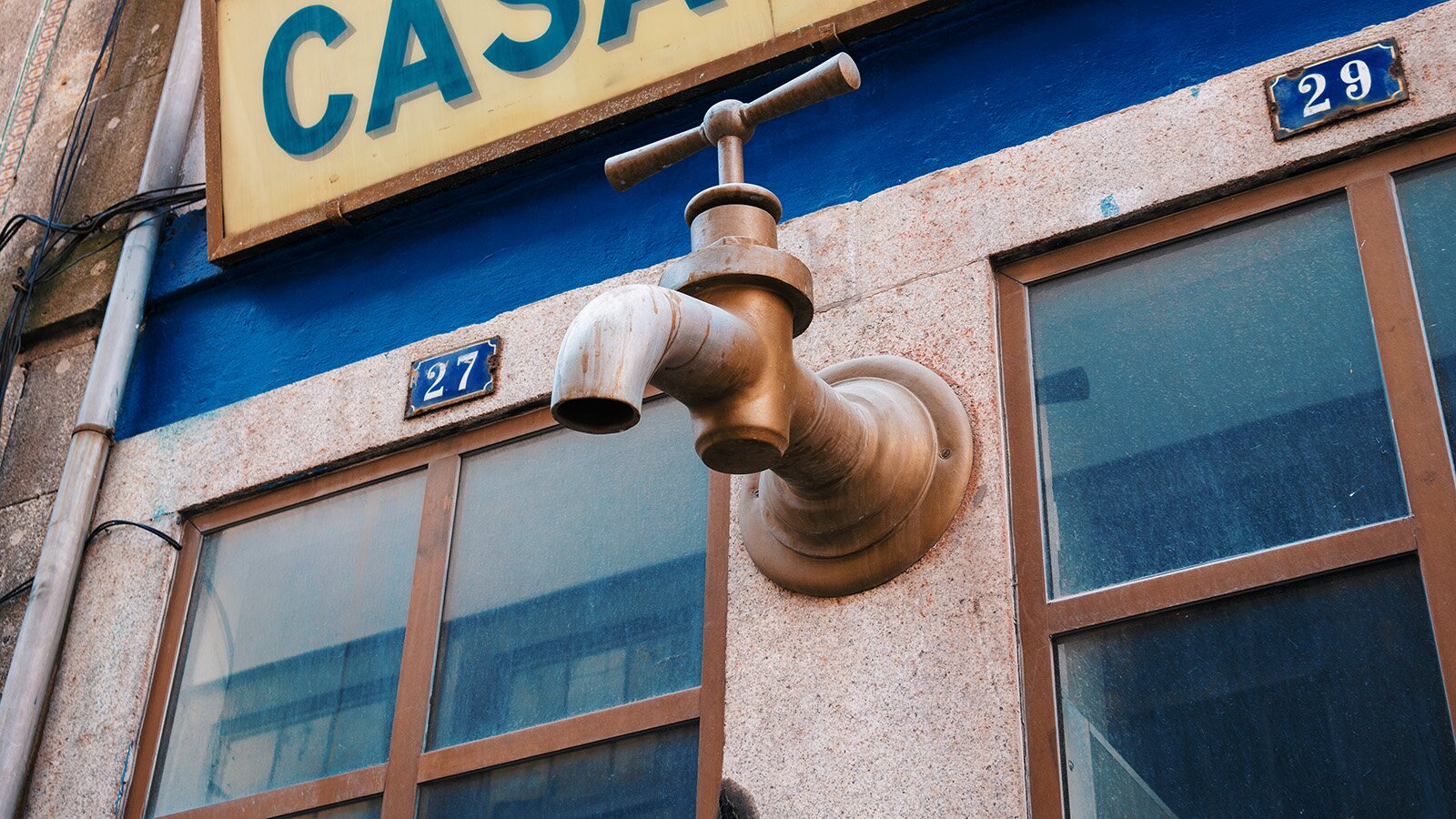My parents were always very slow in the museum. They stood in front of every picture for what felt like an eternity and so I always discovered the exhibitions on my own and starred at the pieces of art alone. I learned a lot of things from this.
For example, that art is sometimes worth looking twice. That happened to me at an exhibition of Thomas Demand. I just saw photos of an ivy wall and an empty office and was too narrow-minded to realize that I was seeing photos of cardboard worlds that showed a photorealistically surreal world. When I noticed this, I immediately had a different view upon his works. I was deeply impressed.
Later in art class at the academy of visual arts, I wrote a paper about Joseph Beuys. There were sayings like “If you don't get Beuys, you weren't paying enough attention”. Many art works were very conceptual and overly sophisticated. But it motivated me that he declared: “Everyone is an artist”.
Another classic experience from my museum visits is the single color canvas. Seen many times and in different colors. From what appears to be a blank canvas to solid blue or red ones. Many exhibited artists created pieces that seem so simple, it hurts. As a teenager, I felt ripped off when I saw something like this in an art exhibition. I shouted “I could do that, too!” and my mother replied “But you didn't paint this picture”.
Design has purpose —
art has meaning.
I've always liked this statement. Intent is the magic key that converts non-art into art. You intend to produce something as art, rather than producing it for it's typical use. I'll give you an example.
In my first apartment, the tap in the kitchen was dripping. Every few minutes it popped. That was annoying and I tried to fix it myself first, then called a plumber. He was too busy to come over and it took several months to finally fix the faucet. This dripping tap was definitely not an art.
I then saw a video installation at the Museum of Modern Art in San Francisco. There was a faucet on the wall and it dripped every few minutes. The whole thing was filmed and projected large on the opposite wall. The popping of the drop was amplified through loudspeakers. This leaky tap was clearly art.
In the Städel Museum in Frankfurt, I also saw it dripping from the ceiling into a bucket on the floor. That was a piece of art. When a bucket was on the floor in the mall, only the ceiling was leaking. There are many examples like this.

It's all about intent
The intent may happen before the piece is produced or you convert it into art simply by calling it art.
These explanations as well as Beuys “Everything is art” and “Everyone is an artist” still confused me very much.
I sorted this for myself by accepting these claims and adding “It might be shit art, though”. This is up to the one who creates it or the one who sees it.
Which leads to the conclusion that the definition of art is individual. Some see art as something they would not be able to accomplish themselves, so basically art is a skill, for example painting in a photo realistical way. And others see art purely as a definition of a concept, very abstract.
Art has to please
Once art begins to live just as much in the mind as it does in the eye, you have to bring in your ideas and your engagement with the work. If looking at an image makes you feel angry or excited or soothed, those are all valid responses. Think about why it evoked certain feelings in you.
What you see, is what you see.

I believe art has to trigger something in you. Art has references and you look at an image and you can say, I have a relationship with it. For this you need knowledge, a cultural basis for classification and a certain horizon.
Art can shock, nausea, hold up a mirror or raise questions.
